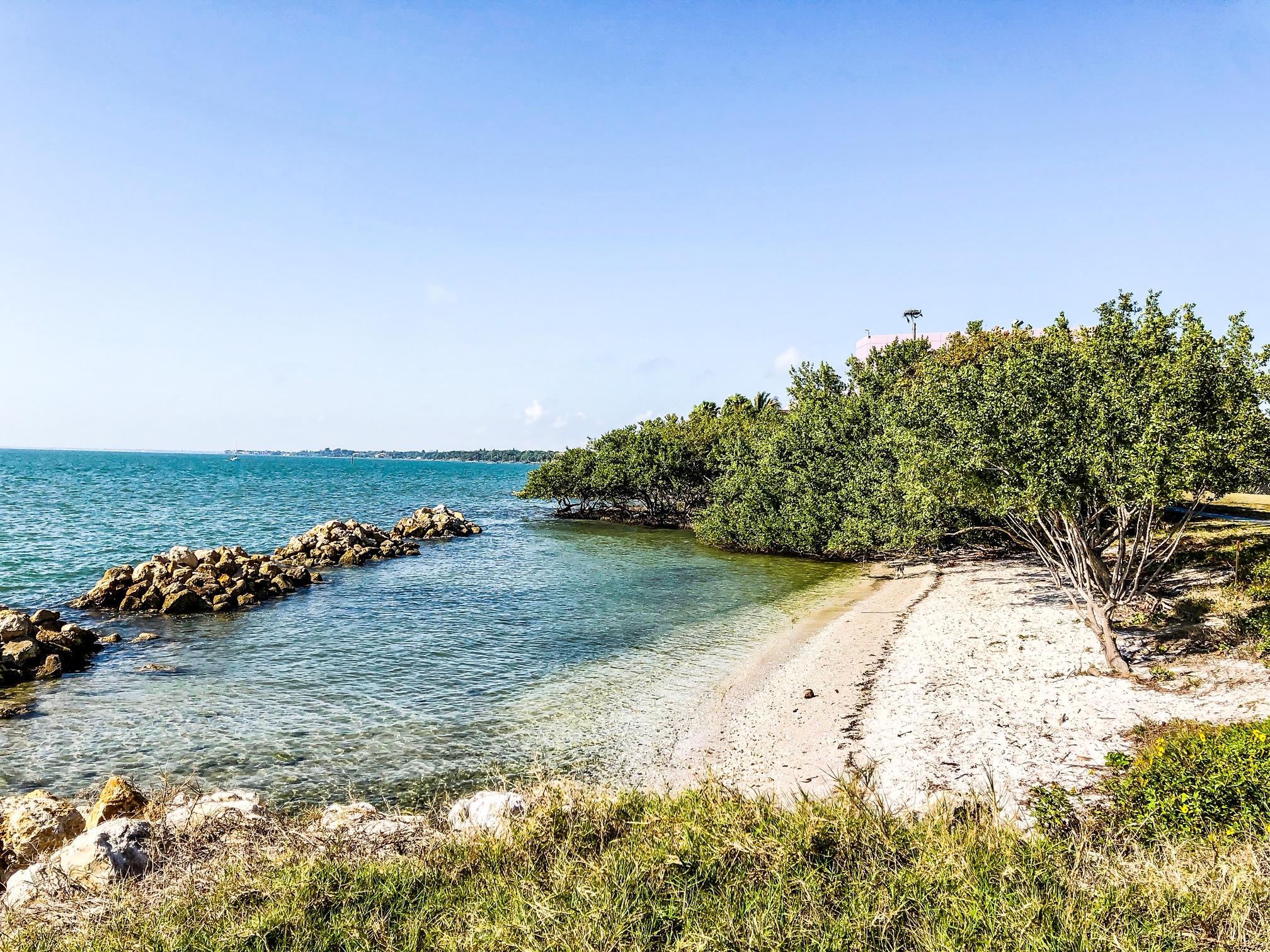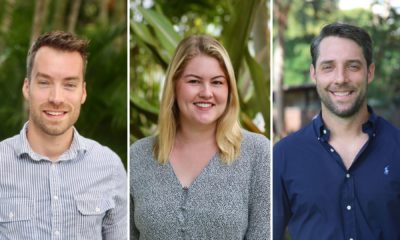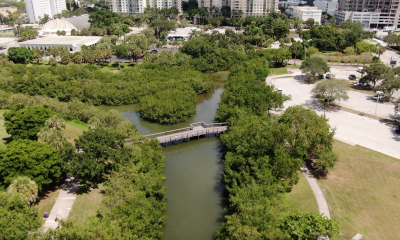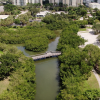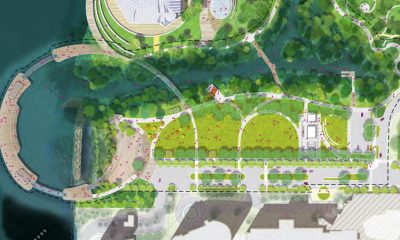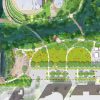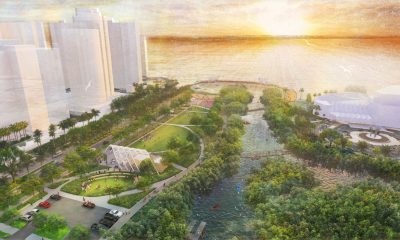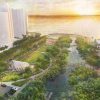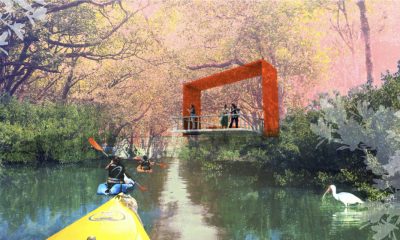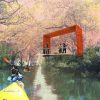Meet the Team: Penny Cutt, Director at Cummins | Cederberg Coastal & Marine Engineering
Meet the Team is a series of interviews featuring the various professionals on our project team – both in-front and behind-the-scenes – who regularly provide valuable input, countless design iterations, environmental surveys and much more. Without these talented individuals, we would not be where we are today in realizing the possibilities of The Bay Park.

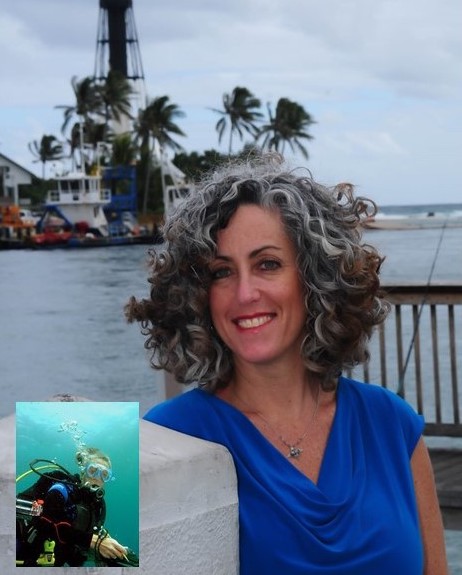
Penny joined The Bay team in 2018 as an environmental consultant when her team became integral in the redesign of the spiral boardwalk to avoid impacts to The Bay’s environmental resources. Her team’s role is to provide marine environmental consulting to The Bay design and implementation team with the goal of preserving our blue and green oasis and any ecological impacts to seagrass, corals and the mangroves. We interviewed Penny to learn more about her background, her love for public parks and dedication to the environmental sustainability and future of The Bay.
Can you share a bit more about your background, experience and personal story?
“Having lived in South Florida since I was an infant and grown up diving and fishing in Florida reefs, I am passionate about protecting the marine resources in my own backyard. I am an appointed member of the Broward County Marine Advisory Committee, Vice-Chair of the Pompano Beach Marine Advisory Board, and an appointed member of the Pompano Beach Zoning Board of Appeals, in addition to my role as a Board Director of Friends of Our Florida Reefs.
My undergraduate degree is in Bioprocess Management from the University of Florida and my graduate work was in Marine Biology and Coastal Zone Management at Nova Southeastern University. With two and a half decades of experience as a marine ecologist in the public and private sectors, I easily navigate the complex web of environmental regulations that dictate aquatic and coastal ecosystems for my clients at Cummins Cederberg in the Fort Lauderdale office.”
What is your favorite park and your contribution or role in development?
“My favorite park is Gumbo Limbo Nature Center in Boca Raton. Gumbo Limbo extends from the Atlantic Ocean to the Intracoastal Waterway encompassing the reef, intertidal zone, beach, dune, coastal ridge, mangrove habitat, and Intracoastal Waterway. There are classrooms, large aquariums, a sea turtle rehabilitation facility, boardwalk trail through the coastal hammock and mangroves with an observation tower providing views from the Atlantic Ocean to the Intracoastal, and butterfly gardens. The park provides opportunities for recreation, education, and exploration for those that want to explore from a distance through educational displays to those that want to get involved with touch tanks and sea turtle hatchling releases.
When I am working on a park project, my role is typically focused on the waterfront design elements including resiliency, shoreline stabilization, mangroves, coral, seagrass, beaches, marinas, and surface water management.”
What excites you about The Bay Park design/plan, process, and team? What is your favorite and most rewarding part of the work?
“The Bay Park Project is a once-in-a-career project for me. It provides me the opportunity to incorporate the things most important to me into the park design. We are protecting mangrove wetlands, corals, and seagrass, while bringing the public to the waterfront to experience this important estuarine habitat from kayaks, snorkeling and passive observation along the new sunset pier. We are going above and beyond requirements and treating stormwater that passes through the park before it is ultimately discharged to the bay which will contribute to a healthier Sarasota Bay. We are also removing exotic vegetation to improve the mangrove habitat, while improving water and sediment quality to enhance seagrass and coral colonization. The site will provide numerous opportunities for public education both active and passive, through signage, outdoor classrooms, and interaction with nature. The park is being developed to ensure resiliency over time as sea level rises and will be completely open to the public. The design team is absolutely brilliant and when I point out design elements that should be redesigned for the benefit of the ecosystem, I am met with excitement and enthusiasm!”
Can you also share any other public parks that you have worked on?
“Early in my career I worked on dozens of parks at the county, state, and federal levels, issuing permits and performing compliance inspections. In the latter half of my career, I have worked on a variety of park projects in Florida including Currie Park in West Palm Beach; Fort Zachary Taylor in Key West; Kennedy Park, Manatee Bend, Pinetree Park, and Museum Park in Miami; Miami Beach Baywalk in Miami Beach; North Bay Village Baywalk in North Bay Village; Ocean Strand Park in Boca Raton; and Rickenbacker Causeway North and South Recreation Areas in Miami-Dade County. Rickenbacker Causeway was particularly exciting because it converted areas being opportunistically utilized as parks north and south of the Causeway into linear parks providing stormwater treatment, shoreline stabilization, exotic vegetation removal and replacement with native landscaping, beach sand placement, and proper parking, among other elements.”


